- 全部删除
 您的购物车当前为空
您的购物车当前为空
Anti-C1QA Polyclonal Antibody
产品编号 TMAB-00258
别名 Complement C1q subcomponent subunit A, C1QA
Anti-C1QA Polyclonal Antibody 是一种 Rabbit 抗体,靶向 C1QA。Anti-C1QA Polyclonal Antibody 可用于 WB,IHC-P,IHC-Fr,IF。
Anti-C1QA Polyclonal Antibody
Anti-C1QA Polyclonal Antibody
产品编号 TMAB-00258 别名 Complement C1q subcomponent subunit A, C1QA
Anti-C1QA Polyclonal Antibody 是一种 Rabbit 抗体,靶向 C1QA。Anti-C1QA Polyclonal Antibody 可用于 WB,IHC-P,IHC-Fr,IF。
| 规格 | 价格 | 库存 | 数量 |
|---|---|---|---|
| 50 μL | ¥ 1,170 | 5日内发货 | |
| 100 μL | ¥ 1,960 | 5日内发货 | |
| 200 μL | ¥ 2,785 | 5日内发货 |
大包装 & 定制
加入购物车
TargetMol 的所有产品仅用作科学研究或药证申报,不能被用于人体,我们不向个人提供产品和服务。请您遵守承诺用途,不得违反法律法规规定用于任何其他用途。
联系我们获取更多批次信息
资源下载
产品介绍
生物活性
抗原信息
化学信息
| 产品描述 | Anti-C1QA Polyclonal Antibody is a Rabbit antibody targeting C1QA. Anti-C1QA Polyclonal Antibody can be used in WB,IHC-P,IHC-Fr,IF. |
| 疾病造模方案 | |
| 别名 | Complement C1q subcomponent subunit A, C1QA |
| Ig Type | IgG |
| 交叉反应 | Human (predicted:Mouse,Rat) |
| 验证活性 | 1. Sample: K562 (Human) Cell Lysate at 30 μg Primary: Anti-C1Q (TMAB-00258) at 1/1000 dilution Secondary: IRDye800CW Goat Anti-Rabbit IgG at 1/20000 dilution Predicted band size: 24 kDa Observed band size: 25 kDa 2. Tissue/cell: human lung carcinoma; 4% Paraformaldehyde-fixed and paraffin-embedded; Antigen retrieval: citrate buffer (0.01M, pH6.0), Boiling bathing for 15 min; Block endogenous peroxidase by 3% Hydrogen peroxide for 30 min; Blocking buffer (normal goat serum) at 37°C for 20 min; Incubation: Anti-C1Q Polyclonal Antibody, Unconjugated (TMAB-00258) 1:200, overnight at 4°C, followed by conjugation to the secondary antibody and DAb staining. 3. Paraformaldehyde-fixed, paraffin embedded (human brain glioma); Antigen retrieval by boiling in sodium citrate buffer (pH6.0) for 15 min; Block endogenous peroxidase by 3% hydrogen peroxide for 20 min; Blocking buffer (normal goat serum) at 37°C for 30 min; Antibody incubation with (C1Q) Polyclonal Antibody, Unconjugated (TMAB-00258) at 1:400 overnight at 4°C, followed by operating according to SP Kit (Rabbit) instructionsand DAB staining. |
| 应用 | |
| 推荐剂量 | WB: 1:50-200; IHC-P: 1:50-200; IHC-Fr: 1:50-200; IF: 1:100-500 |
| 抗体种类 | Polyclonal |
| 宿主来源 | Rabbit |
| 亚细胞定位 | Secreted. |
| 构建方式 | Polyclonal Antibody |
| 纯化方式 | Protein A purified |
| 性状 | Liquid |
| 缓冲液 | 0.01M TBS (pH7.4) with 1% BSA, 0.02% Proclin300 and 50% Glycerol. |
| 浓度 | 1 mg/mL |
| 研究背景 | C1q, a subcomponent of the classical complement pathway, is composed of nine subunits that mediate classical complement activation and thereby play an important role in the immune response. Six of these subunits are disulfide-linked dimers of chains A and B, while three of these subunits, designated C1q-A through C1q-C, are disulfide-linked dimers of chain C. The presence of receptors for C1q on effector cells modulates its activity, which may be antibody-dependent or independent. Macrophages are the primary source of C1q, while anti-inflammatory drugs as well as cytokines differentially regulate expression of the mRNA as well as the protein. However, its ability to modulate the interaction of platelets with collagen and immune complexes suggests C1q influences homeostasis as well as other immune activities, and perhaps thrombotic complications resulting from immune injury. Defects in C1q-A, C1q-B and C1q-C cause inactivation of the classical pathway, leading to a rare genetic disorder characterized by lupus-like symptoms. |
| 免疫原 | KLH conjugated synthetic peptide: human C1QA |
| 抗原种属 | Human |
| 基因名称 | C1QA |
| 基因ID | |
| 蛋白名称 | Complement C1q subcomponent subunit A |
| Uniprot ID | |
| 研究领域 | Classical Pathway |
| 功能 | C1q associates with the proenzymes C1r and C1s to yield C1, the first component of the serum complement system. The collagen-like regions of C1q interact with the Ca(2+)-dependent C1r(2)C1s(2) proenzyme complex, and efficient activation of C1 takes place on interaction of the globular heads of C1q with the Fc regions of IgG or IgM antibody present in immune complexes. |
| 分子量 | Theoretical: 24 kDa. |
存储&运输
| 储存方式 | Store at -20°C or -80°C for 12 months. Avoid repeated freeze-thaw cycles. |
| 运输方式 | Shipping with blue ice. |
计算器
SCI 文献
评论列表
Related Tags: buy Anti-C1QA Polyclonal Antibody | purchase Anti-C1QA Polyclonal Antibody | Anti-C1QA Polyclonal Antibody cost | order Anti-C1QA Polyclonal Antibody | Anti-C1QA Polyclonal Antibody molecular weight



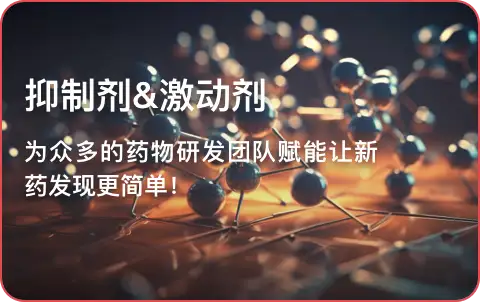


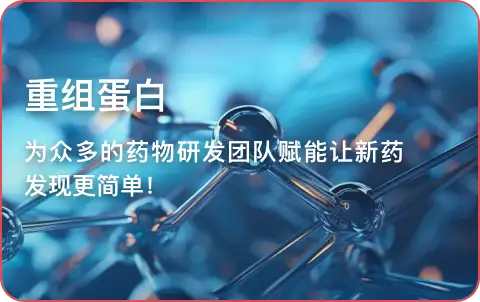



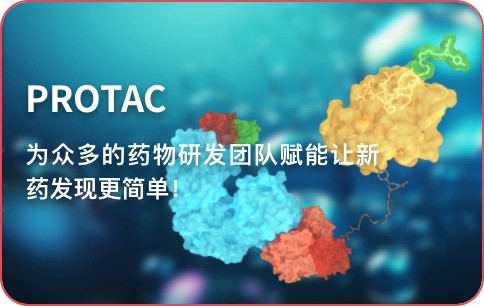





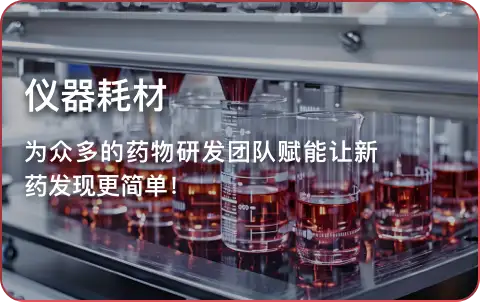
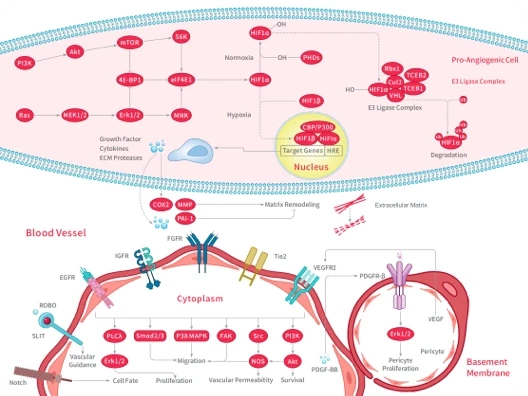
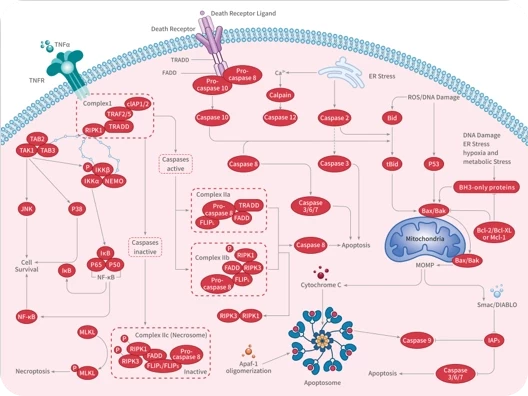
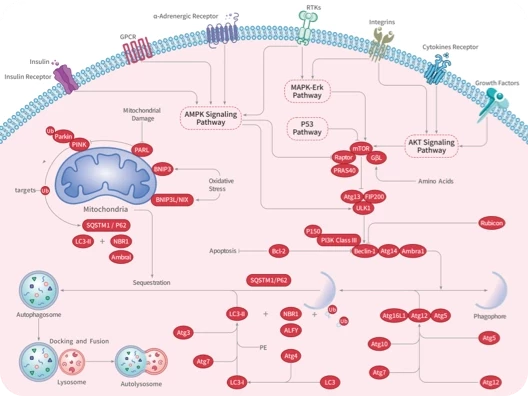


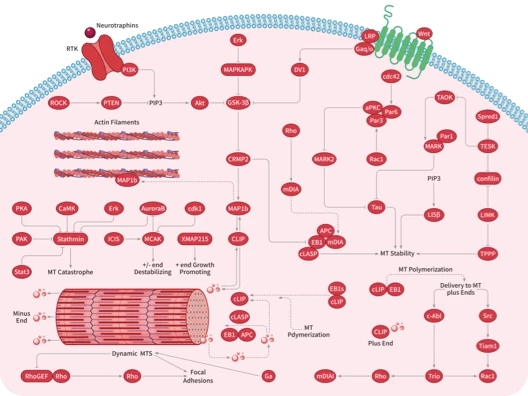
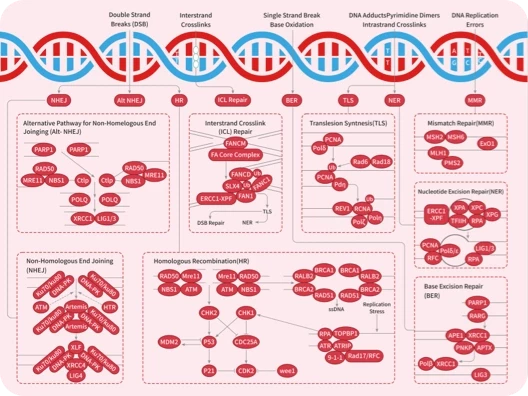

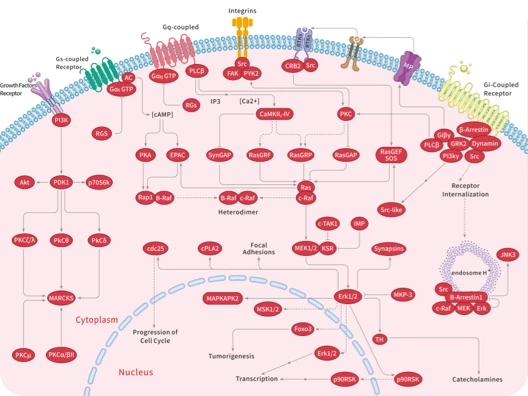
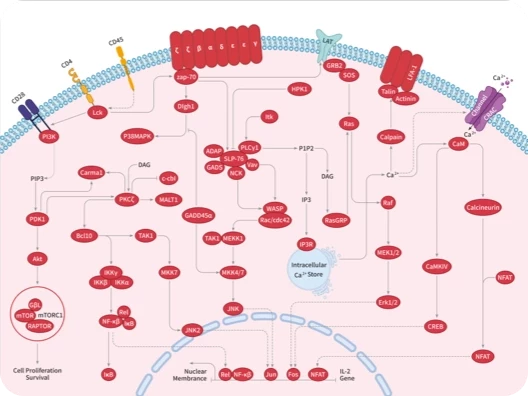
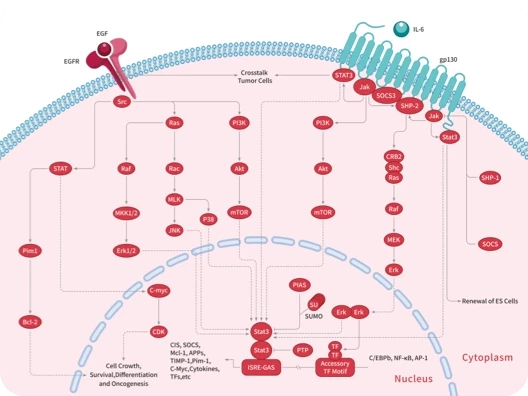
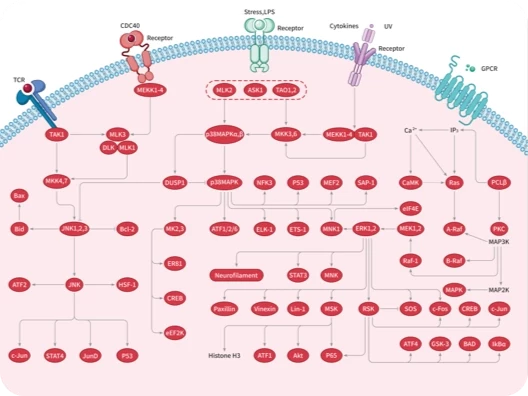


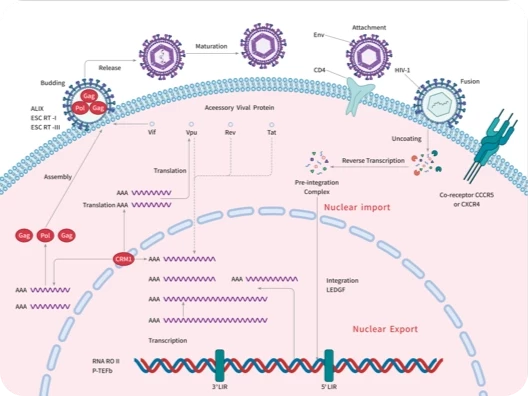

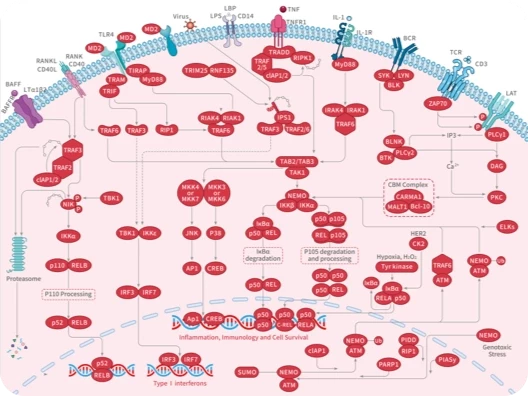
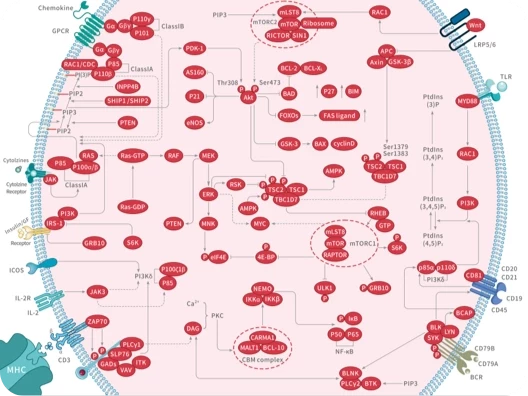
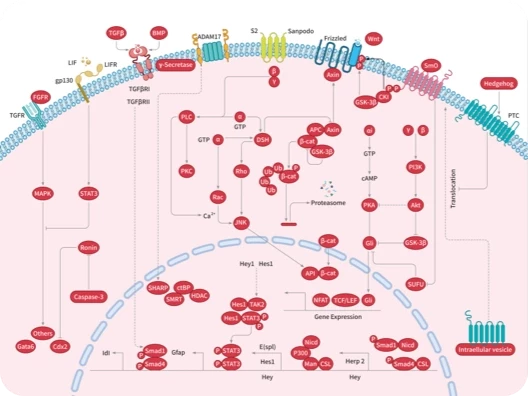

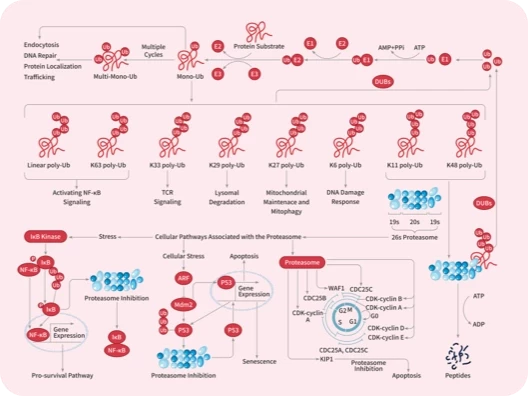


 还可以
还可以


评论内容